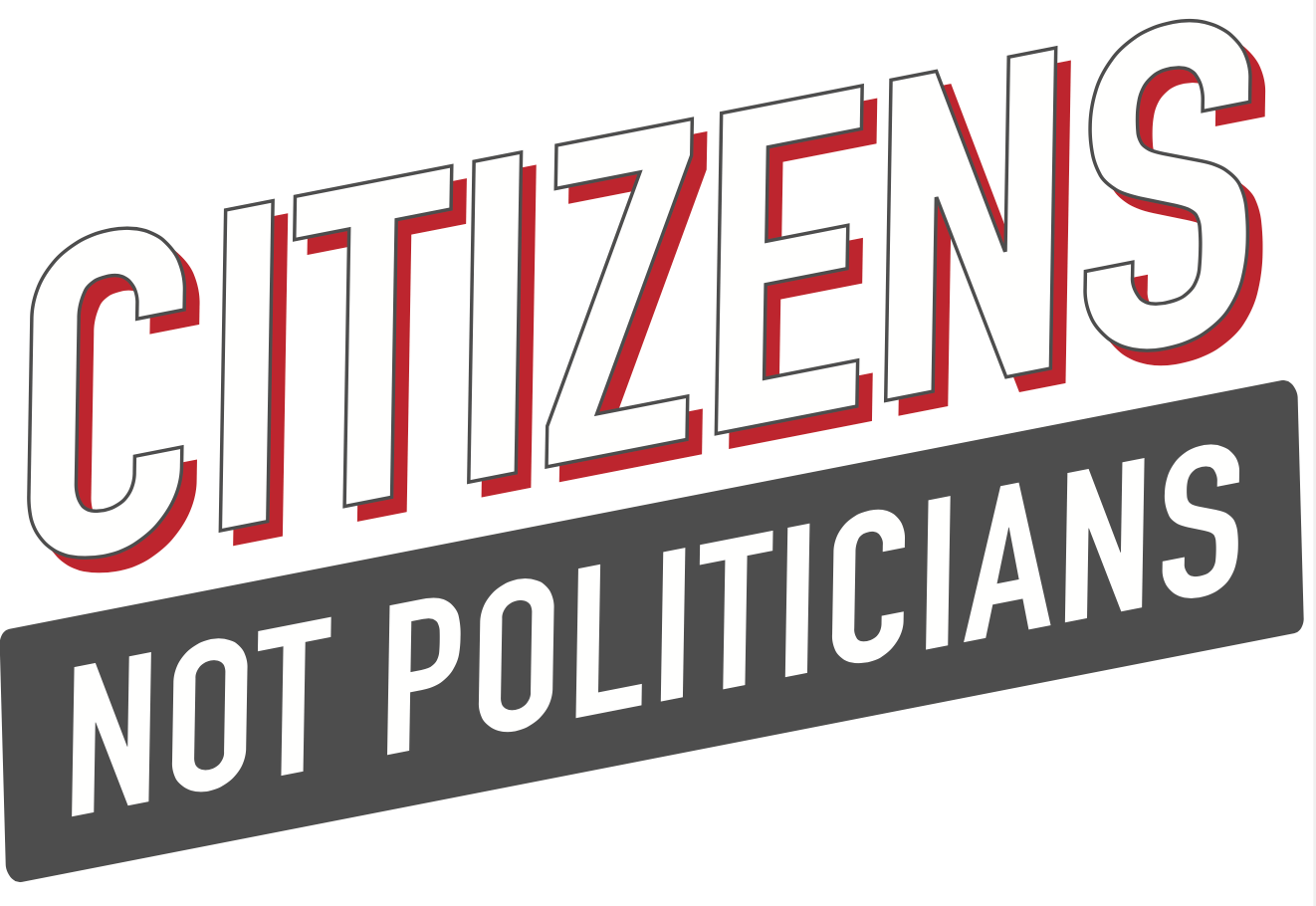American government is a complex machine.
The Founders ensured it would be when crafting the U.S. Constitution, reserving “few and defined” powers to the federal government, leaving “numerous and indefinite” powers as to the states, as James Madison explained.
The Founders’ intent to protect citizens from federal overreach ensured the United States would, in time, develop one of the most decentralized systems of government in the world.
A decade ago, the World Bank ranked 182 nations on their levels of decentralization. The United States ranked fifth, behind only Denmark, Switzerland, Sweden and Finland.
Each decade, the U.S. Census Bureau counts the nation’s number of state and local governmental units. The most recent count, in 2022, totaled 90,837. An average of 1,817 per state.
3,940 units of government in Ohio
Like most states in the nation’s eastern half, Ohio has far more than average — 3,940 units of government.
Within our 88 counties are 938 cities and villages, 1,308 townships, 665 school districts and more than 900 special purpose districts governing libraries, parks, solid waste disposal, transit, sewer and water service, watersheds, housing authorities, port authorities and much more.
That’s a lot of government to operate, monitor and coordinate.
To help political subdivisions collaborate and coordinate efforts, the Ohio General Assembly in 1967 authorized creation of regional councils of governments.
Regional councils, such as the Mid-Ohio Regional Planning Commission, allow local governments to combine resources to address common challenges, such as transportation and economic development. Ohio has 24 regional councils.
Putting the public ahead of politics
If Statehouse leaders were able to put the public good ahead of partisan goals, they would draw congressional and state legislative maps that align electoral districts with the boundaries of regional councils.
Although population equality requirements for election districts would prevent perfect alignment, it would not be difficult to harmonize the boundaries of the Ohio Senate’s 33 districts with those of the 24 regional councils. Because each Ohio Senate district contains three House districts, the 99 House districts automatically would be brought into the same regional alignment.
Compact and regionally coherent Senate districts then could be matched as closely as possible with the state’s 15 congressional districts.
Well-aligned districts at all three levels, in contrast to Ohio’s current gerrymandered districts, just might incentivize congressional and state legislative representatives to put public service ahead of ideological warfare.
Well-aligned districts certainly would make it easier for local officials and their constituents to get the attention of congressional and state legislative officials on regional needs and priorities.
State lawmakers are not up to the task
Economic development experts say large-scale developments, such as data centers and solar farms, require much more and much better cooperation among political jurisdictions.
There’s never been a better time in Ohio for an honest effort to craft compact, regionally coherent districts for Congress and the state legislature.
In today’s razor-sharp political environment, almost no one believes Statehouse leaders are equal to the task.
That’s why this fall’s debate over a redistricting reform ballot issue is momentous for Ohio’s future.
More than enough signatures collected by Citizens Not Politicians
On July 1, a group called Citizens Not Politicians plans to file a petition, containing far more than the required 413,488 valid signatures of registered voters, to qualify the reform issue for the Nov. 5 statewide ballot.
The proposed state constitutional amendment, if approved by voters, would create a 15-member, independent redistricting commission to ensure broad public participation in the crafting of congressional and state legislative districts.
The amendment would ensure that citizens are invited to the mapmaking table, and that maps would be drawn in the sunshine, in full public view.
With an open and transparent process, regionally coherent districts that truly serve the public good might finally be achieved.
Read more here.
